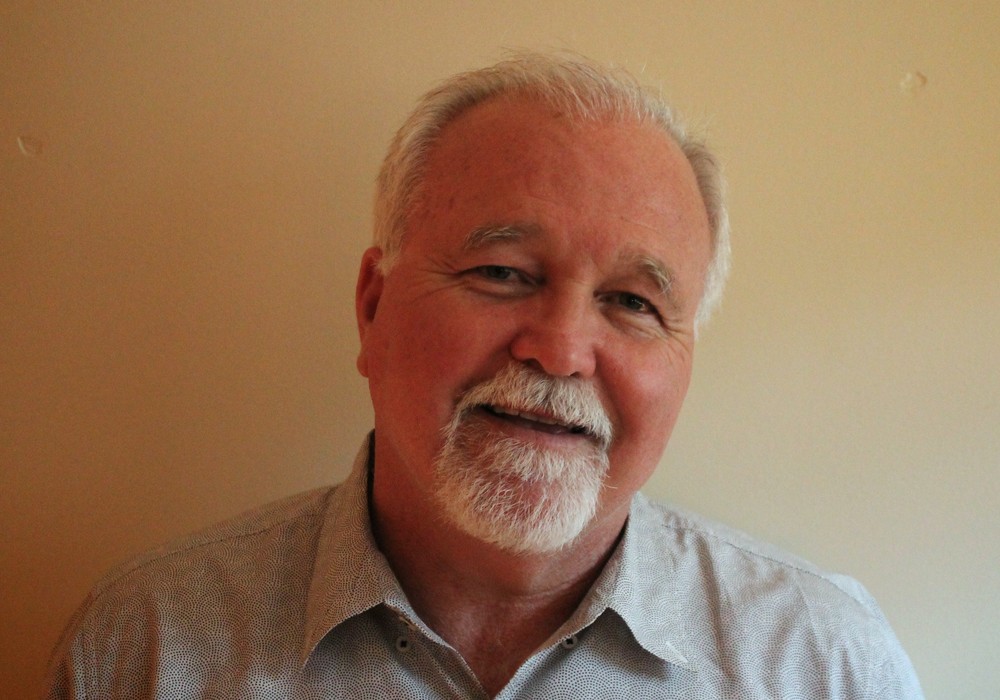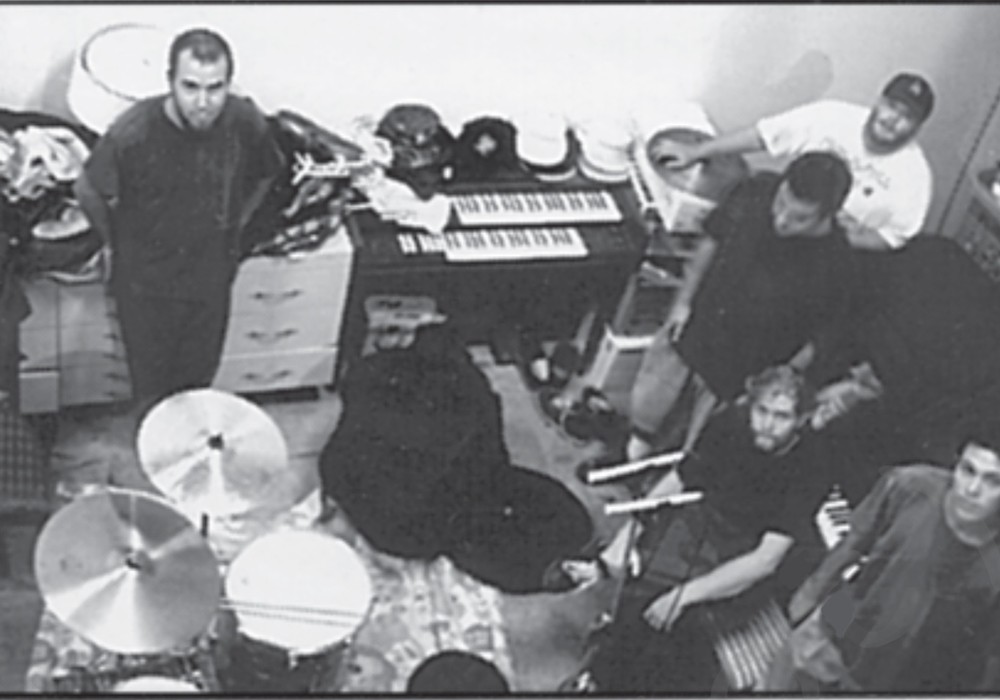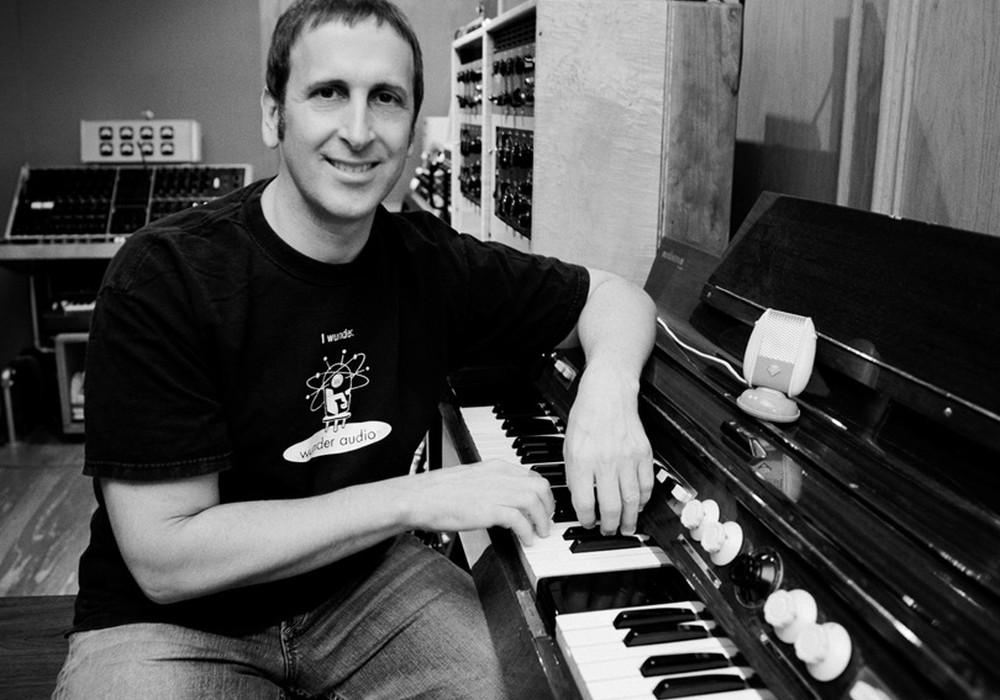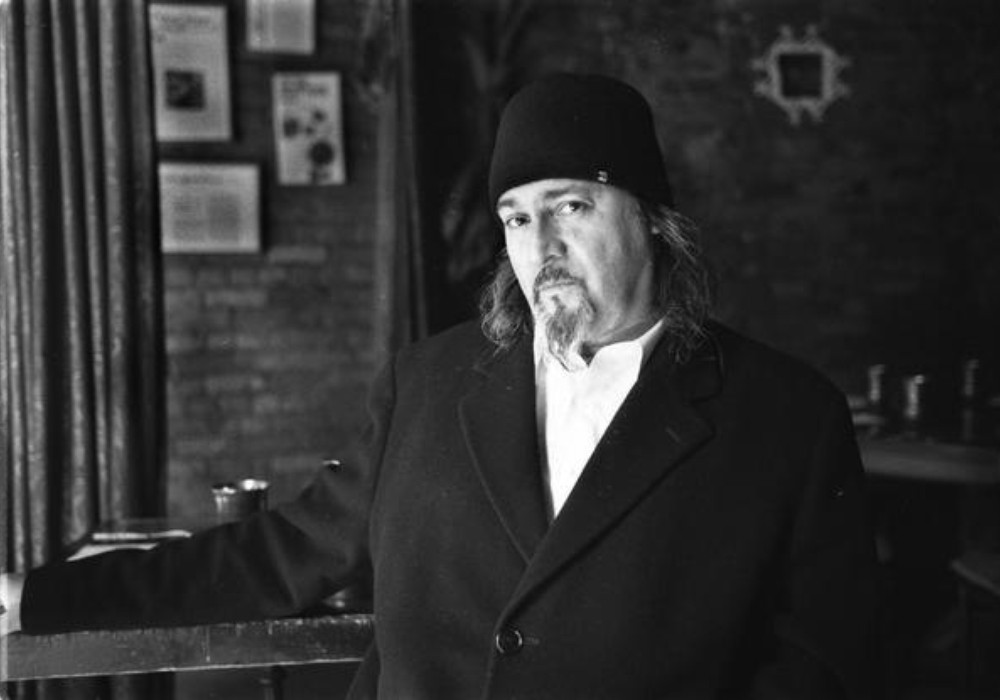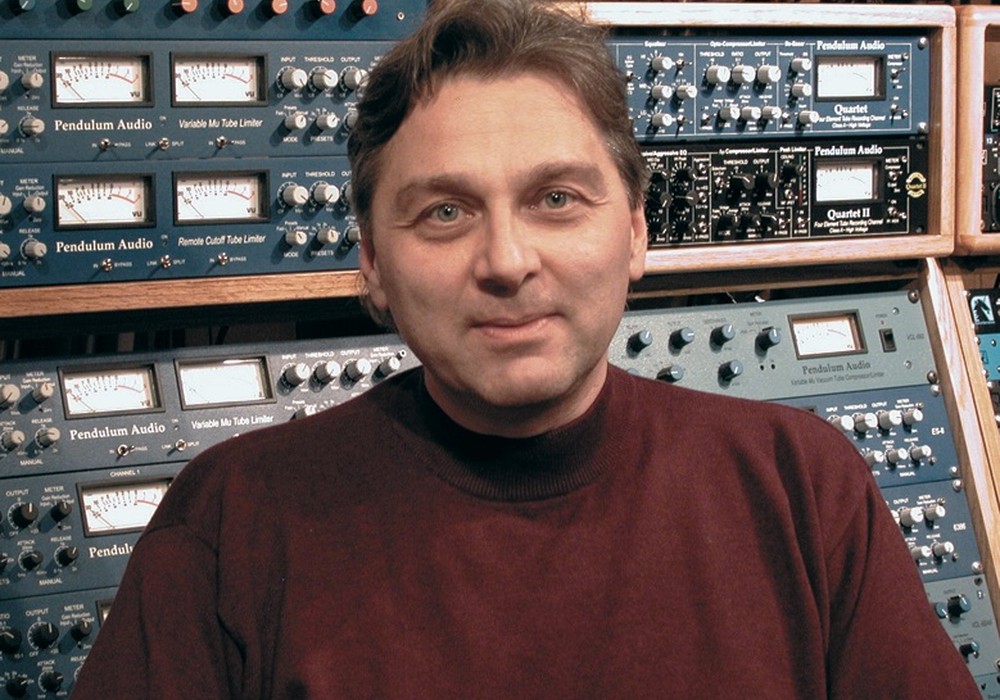John Peluso has been quietly providing classic-styled mics to some of the biggest names in music for over ten years. Peluso's line of vacuum tube condenser, solid-state condenser, and ribbon microphones are hand assembled and tested, and surprisingly affordable.
What's the best thing about Peluso mics?
We style our microphones after the classics, but we use our own engineering to replicate the sound. I don't want to get into a pissing match with Neumann or AKG, so we change some things. We do the physics and figure out what we have to change to get the same resonances and sounds. I was able to get centerline graphs on tons of vintage microphones that a large manufacturer in Chicago did in the '60s and '70s. This stuff was all destined for the dumpster when they moved to a new facility.
How did you first meet the man that taught you about microphones?
I was visiting my friend, Eric Enfield, at Chicago Stereo Mastering in 1969. There was this amazing crash right when I was walking in. I went upstairs and heard screaming; then I saw that they were all at the bottom of the elevator shaft! The mastering studio's owner, Verner Ruvalds, had injured his head. I went down to the basement, pried the doors open, loaded him in my car, and drove him to the hospital. We became fast friends. He was also working at Shure Brothers at that same time, as his day job, designing phono preamps. A few months later I applied and got a job at Chicago Stereo Mastering as a mastering and recording engineer. During my three-year tenure there I mastered most of the original Rounder and Flying Fish records.
Did you study electronics in college?
Yes, I did. During my last few years of high school I spent a half my time in high school and half in community college. I studied electronics and chemical engineering. Then I went on to the University of Boston, as well as a quick little stint at MIT. We studied things like network theorems. We also focused on how to do all the calculations to determine the parameters, if you were using your components within parameters, and how different circuits worked. As far as audio, there didn't seem to be any emphasis on it in electronics classes. You would get the Radio Engineers Handbook [by Frederick Emmons Terman] — that was everybody's bible. It's what all of the transformer manufacturers use to determine their transformer specs and winding formulas. The styles of building gear changes because transformers are expensive and a lot of people cut them out.
Do you find that you favor them sonically?
Yes. We make one product that's transformerless, but it's not my favorite sound. When I worked for Verner Ruvalds, he loved to talk about building microphones. I would stay until two or three in the morning and listen to his stories. I think I was the only one who ever worked for him who would take the time to listen to what he said. When I left, and he was getting ready to retire, he gave me jigs and all his notebooks. I still have an original Neumann capsule engineers' handbook. Luckily I can read German...
Are condenser mic capsules' screws like drum lugs? I'm told the trick is tuning the resonance of the diaphragm and damping it with the head electronics.
Your analogy on the screws tuning the capsule like lugs on a drum is not true. You tune it once, when that diaphragm is mounted on that capsule, then there's no changing the tension on it. Most Neumann capsules are glued to the clamping ring. You set the tension in the jig when you diaphragm the capsule; once you tighten those screws down and put the glue around the edge of the clamping ring it's permanent. Even on an un-glued diaphragm you can't change it; if you take the screws off, the diaphragm will go slack — it's cut to the diameter of the clamping ring, so you can't ever put it back in a jig and re-tension it.
So how do you get the tension right in the first place?
The jigs we use can tune. You know, it's a double process — the weight of the jig is about 90 percent of the tensioning, and then we set a starting tension on the diaphragm. We use AKG-style rings. Neumann...


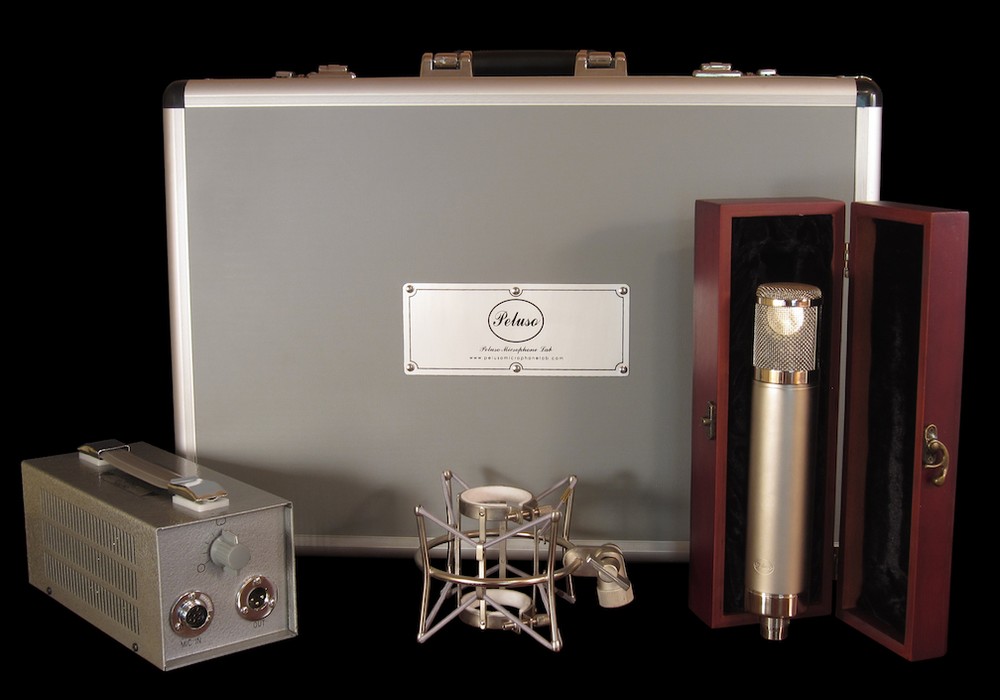


_disp_horizontal_bw.jpg)

